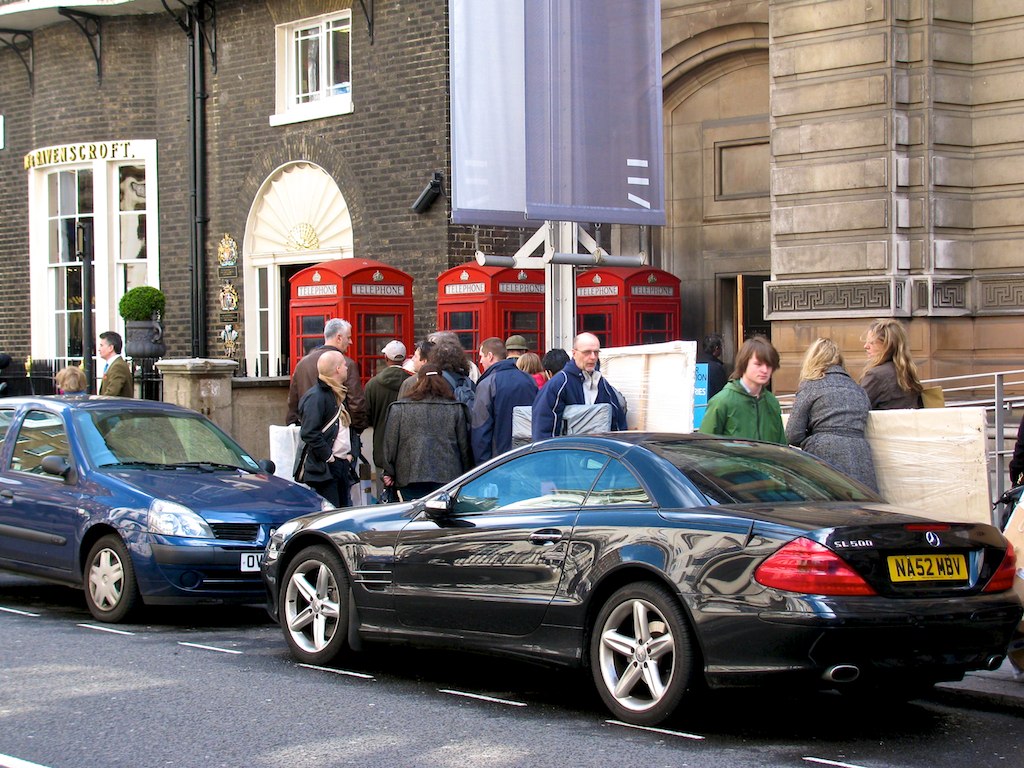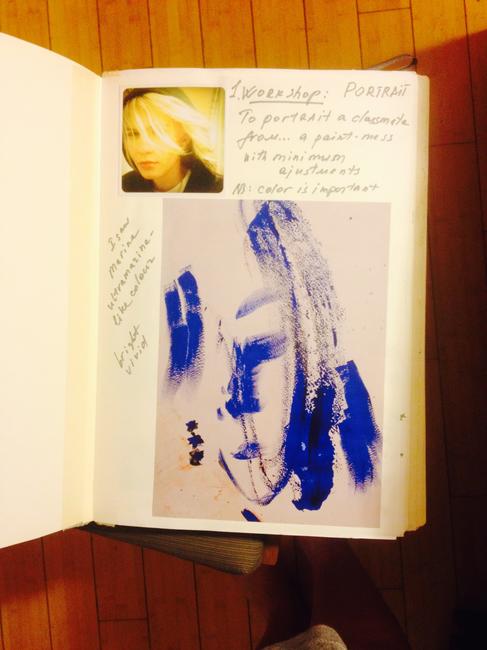Whether you are applying for your foundation degree or whether your group show application merely makes you feel like you are, a portfolio plays a huge role in your professional artistic life. With a few simple pointers, this post will bypass the basics that can be found anywhere and will look at how you can personalise your artist portfolio!
Even if you haven’t been there, you have seen the struggling art student dragging a plain A1 portfolio along the high street to art college, only to pick it up three days later. To an applicant, their portfolio is the most important collection of images in the world. It surpasses the Uffizi and the Louvre combined; it is the be all and end all of art.
As you get older you realise that the only aspect of this ritual that fades away is the teenage awkwardness, albeit as other fears set in. No matter what stage of your career you may find yourself in, a portfolio is a key and necessary piece of kit. A collection of images, originals or reproductions, sketches or install shots, set the benchmark for what potential curators, gallerists and tutors think of your work.
With these 8 tips you can make your portfolio stand head and shoulders above the crowd.

- Set yourself a remit: you should know why you are doing, what you are going to communicate and how you are going to go about it. There should be a theme or at least an agenda to your selection of work. Make sure you have demonstrated whatever it is you think your portfolio-viewer is looking for. Nothing should be included “just because”.
- A1 is the go-to size for art students, they offer a lot of scope for presenting different mediums together. These portfolios lend themselves to life drawing sessions as well. Smaller portfolios should be used by photographers because it is likely that not all your work is large format and scaling some pieces down to A3 offers uniformity. Many people have more than one portfolio. Use your work as the deciding factor: if you are showing original work, show it full size (whatever that may be), if you are showing installation shots or sketch work, stick small. This will not only help your artistic cause, it will make it a lot easier to carry around town!
Image by Internet Archive Book Image Photostream used under a Creative Commons licence. - Whatever technique you use to mount your work, make sure it is consistent. There is nothing wrong with going slightly left of field and mounting your work on orange card, but please make sure you do it all the way through. Mount card is a great way to keep consistency within a portfolio, especially larger ones because it means you can arrange many smaller works in one sleeve.
- Speaking of smaller pieces: show how you develop. Sketches, unfinished works and incomplete pieces may seem like the kind of things you don’t want the world to see but they can show people that you are always improving. This is especially important if you are applying for a course or workshop.
- This development means keeping your portfolio up to date. The most recent work in your portfolio shows where you are going and why a curator, judge or tutor should invest time in you. If they like what you are doing today, they will want to see what you could do tomorrow!
Image by Elena Svobodina via ArtWeb. - Know your stuff. Rehearse it, remember it. Be ready to answer any question that might get thrown your way. Think about links between individual artworks and whole projects and be ready to communicate your enthusiasm and passion for what you do: it will show and it is contagious.
- There may be certain ways of doing things but you can always go a little crazy. Yes, there are conventions which make you seem like you know the rules, but you also know the limits to which they can be bent. Portfolios are available in loads of colours, there are ways of customising the outside using tape or just going crazy with paint. This will make you stand out and it will give you confidence amongst the sea of black cases.
- Perhaps consider an online alternative or counterpart to your physical portfolio. Certain cases call for online portfolios or galleries. When building a website, break your work up into themes or sections. However you go about displaying your work, you have to be selective. Of course, in a portfolio you are limited by space; it is tempting online to throw everything in, but that is not what people want to see. Online portfolios are great for people applying to open calls, smaller operation short courses and in international exhibitions. If you don’t have a space online then you have to get one! Many people, when looking for artists, just look at online content now. On top of this it will save you time and money on travel and transport.







